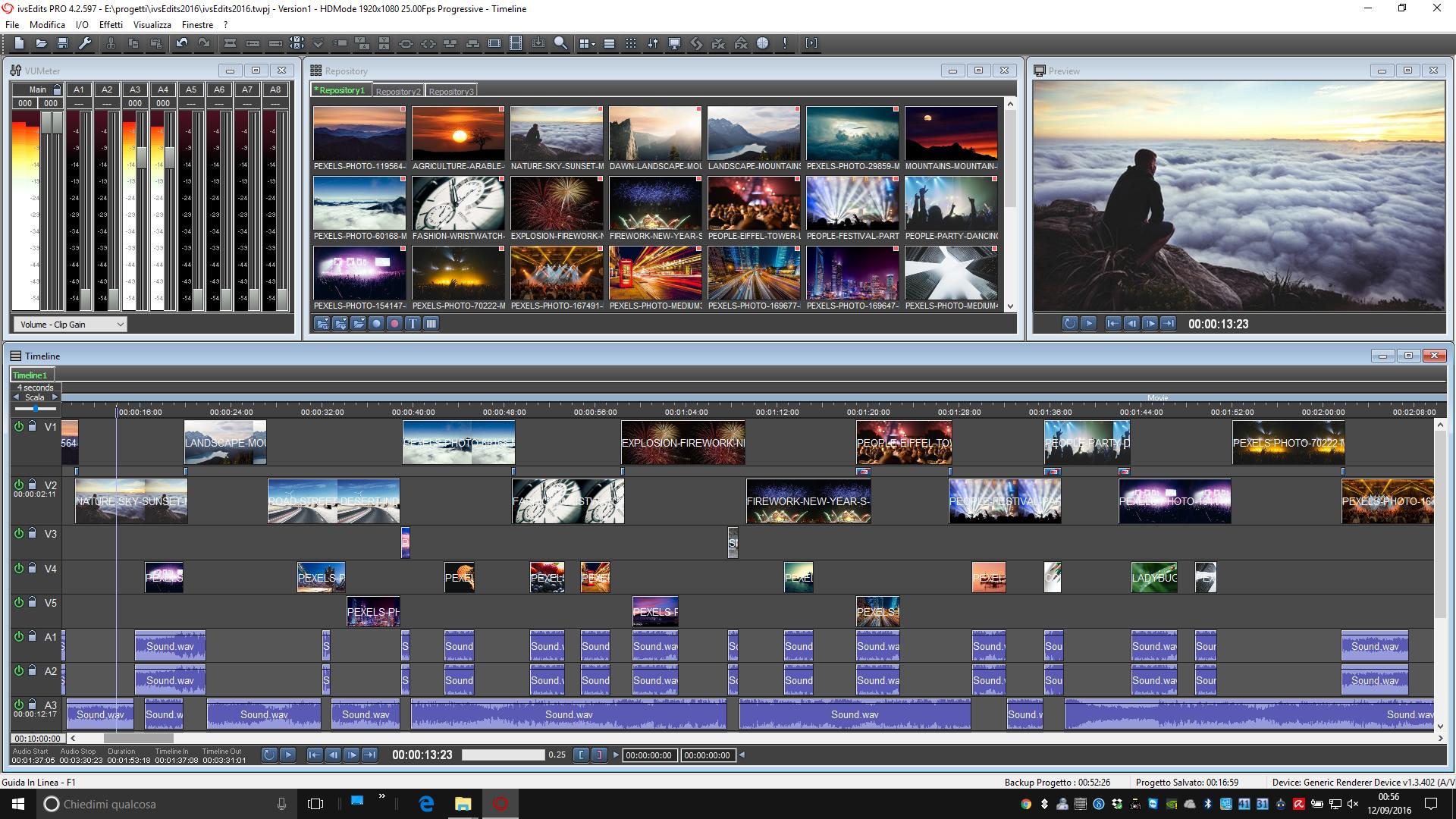Building The Android Runtime Art For Mac
Android Runtime (ART) is an application runtime environment used by the Android operating system.Replacing Dalvik, which is the process virtual machine originally used by Android, ART performs the translation of the application's bytecode into native instructions that are later executed by the device's runtime environment. CMake and either Make or Ninja are required to build the D runtime libraries for Android. There are instructions below on setting these tools up for Windows, Mac, and linux. Android, whether a device or emulator, to run your D code The SDK comes with an emulator. I use actual hardware, so that's what I'll discuss. Android runtime (ART) is the managed runtime used by applications and some system services on Android. ART and its predecessor Dalvik were originally created specifically for the Android project. ART as the runtime executes the Dalvik Executable format and Dex bytecode specification.
Part 1 – Understanding the Xamarin Mobile Platform • • 9 minutes to read • Contributors • • • In this article The Xamarin platform consists of a number of elements that allow you to develop applications for iOS and Android: • C# language – Allows you to use a familiar syntax and sophisticated features like Generics, LINQ and the Parallel Task Library. • Mono.NET framework – Provides a cross-platform implementation of the extensive features in Microsoft’s.NET framework. • Compiler – Depending on the platform, produces a native app (eg.  IOS) or an integrated.NET application and runtime (eg.
IOS) or an integrated.NET application and runtime (eg.
The compiler also performs many optimizations for mobile deployment such as linking away un-used code. • IDE tools – The Visual Studio on Mac and Windows allows you to create, build, and deploy Xamarin projects. In addition, because the underlying language is C# with the.NET framework, projects can be structured to share code that can also be deployed to Windows Phone. 
Under the Hood Although Xamarin allows you to write apps in C#, and share the same code across multiple platforms, the actual implementation on each system is very different. Compilation The C# source makes its way into a native app in very different ways on each platform: • iOS – C# is ahead-of-time (AOT) compiled to ARM assembly language.
The.NET framework is included, with unused classes being stripped out during linking to reduce the application size. Apple does not allow runtime code generation on iOS, so some language features are not available (see ). • Android – C# is compiled to IL and packaged with MonoVM + JIT’ing.
Unused classes in the framework are stripped out during linking. The application runs side-by-side with Java/ART (Android runtime) and interacts with the native types via JNI (see ). • Windows – C# is compiled to IL and executed by the built-in runtime, and does not require Xamarin tools. Designing Windows applications following Xamarin’s guidance makes it simpler to re-use the code on iOS and Android. Note that the Universal Windows Platform also has a.NET Native option which behaves similarly to Xamarin.iOS' AOT compilation.
Gift certificate templates for mac. For mac download ajt midimod via rarbg social networking. The linker documentation for and provides more information about this part of the compilation process. Runtime 'compilation' – generating code dynamically with System.Reflection.Emit – should be avoided. Apple’s kernel prevents dynamic code generation on iOS devices, therefore emitting code on-the-fly will not work in Xamarin.iOS.
Likewise, the Dynamic Language Runtime features cannot be used with Xamarin tools. Some reflection features do work (eg. MonoTouch.Dialog uses it for the Reflection API), just not code generation.

Platform SDK Access Xamarin makes the features provided by the platform-specific SDK easily accessible with familiar C# syntax: • iOS – Xamarin.iOS exposes Apple’s CocoaTouch SDK frameworks as namespaces that you can reference from C#. For example the UIKit framework that contains all the user interface controls can be included with a simple using UIKit; statement. • Android – Xamarin.Android exposes Google’s Android SDK as namespaces, so you can reference any part of the supported SDK with a using statement, such as using Android.Views; to access the user interface controls. • Windows – Windows apps are built using Visual Studio on Windows. Project types include Windows Forms, WPF, WinRT, and the Universal Windows Platform (UWP). Seamless Integration for Developers The beauty of Xamarin is that despite the differences under the hood, Xamarin.iOS and Xamarin.Android (coupled with Microsoft’s Windows SDKs) offer a seamless experience for writing C# code that can be re-used across all three platforms.
Business logic, database usage, network access, and other common functions can be written once and re-used on each platform, providing a foundation for platform-specific user interfaces that look and perform as native applications. Integrated Development Environment (IDE) Availability Xamarin development can be done in Visual Studio on either Mac or Windows. The IDE you choose will be determined by the platforms you wish to target. Because Windows apps can only be developed on Windows, to build for iOS, Android, and Windows requires Visual Studio for Windows. However it's possible to share projects and files between Windows and Mac computers, so iOS and Android apps can be built on a Mac and shared code could later be added to a Windows project. The development requirements for each platform are discussed in more detail in the guide. IOS Developing iOS applications requires a Mac computer, running macOS.